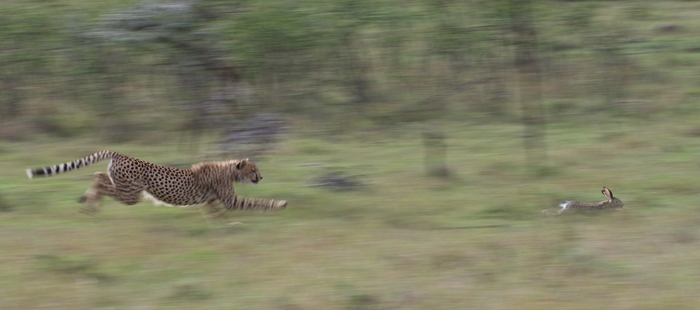The arms race between pathogens and their hosts leaves clear genetic marks: the most quickly evolving parts of host genomes often include immune genes. But are these fast-movers the exception among immune genes, or do most genes in this class bear the genetic signature of strong selection? In the January issue of GENETICS, Early et al. address this question.
In their comparison of five Drosophila melanogaster populations using information from FlyBase (a database of information on fly genes and genomes) and genetic data from a recently sequenced set of Drosophila lines called the Global Diversity Lines, the researchers found that viral defense genes are evolving at a remarkably fast pace. Genes that protect against viruses through the RNA interference pathway, which involves using RNA to shut down pathogens’ gene expression or translation, showed particularly elevated rates of change.
The evolution of genes responsible for resisting bacterial and fungal invaders, in contrast, is much more sluggish. And the changes are not as far-reaching—rather than broadly altering the regulation of the immune response, the adaptations to bacterial and fungal threats tend to involve making minor tweaks to recognition and effector genes.
Early et al. also found that some types of immune genes have changed more rapidly at the population level than at the species level and vice versa. For instance, phagocytosis and recognition receptor genes showed signs of rapid adaptation at the population level but not the species level, while genes in the Toll and immune deficiency (IMD) pathways had the opposite pattern.
This discrepancy may have been found because the population data came from samples collected at one specific time and thus can’t capture the dynamic fluctuations in selection and adaptation over a longer period. The fact that the researchers observed significant alterations to viral defense genes at both the population and species level, then, is a testament to the powerful directional selection driving those changes.
These extreme cases may lead to the impression that immune system genes in general are evolving more rapidly than the rest—a view that, the researchers conclude, doesn’t capture the whole story, at least in the fruit fly.
CITATION:
Early, A.; Arguello, R.; Cardoso-Moreira, M.; Gottipati, S.; Grenier, J.; Clark, A. Survey of Global Genetic Diversity Within the Drosophila Immune System.
GENETICS, 205(1), 353-366.
DOI: 10.1534/genetics.116.195016
http://www.genetics.org/content/205/1/353













